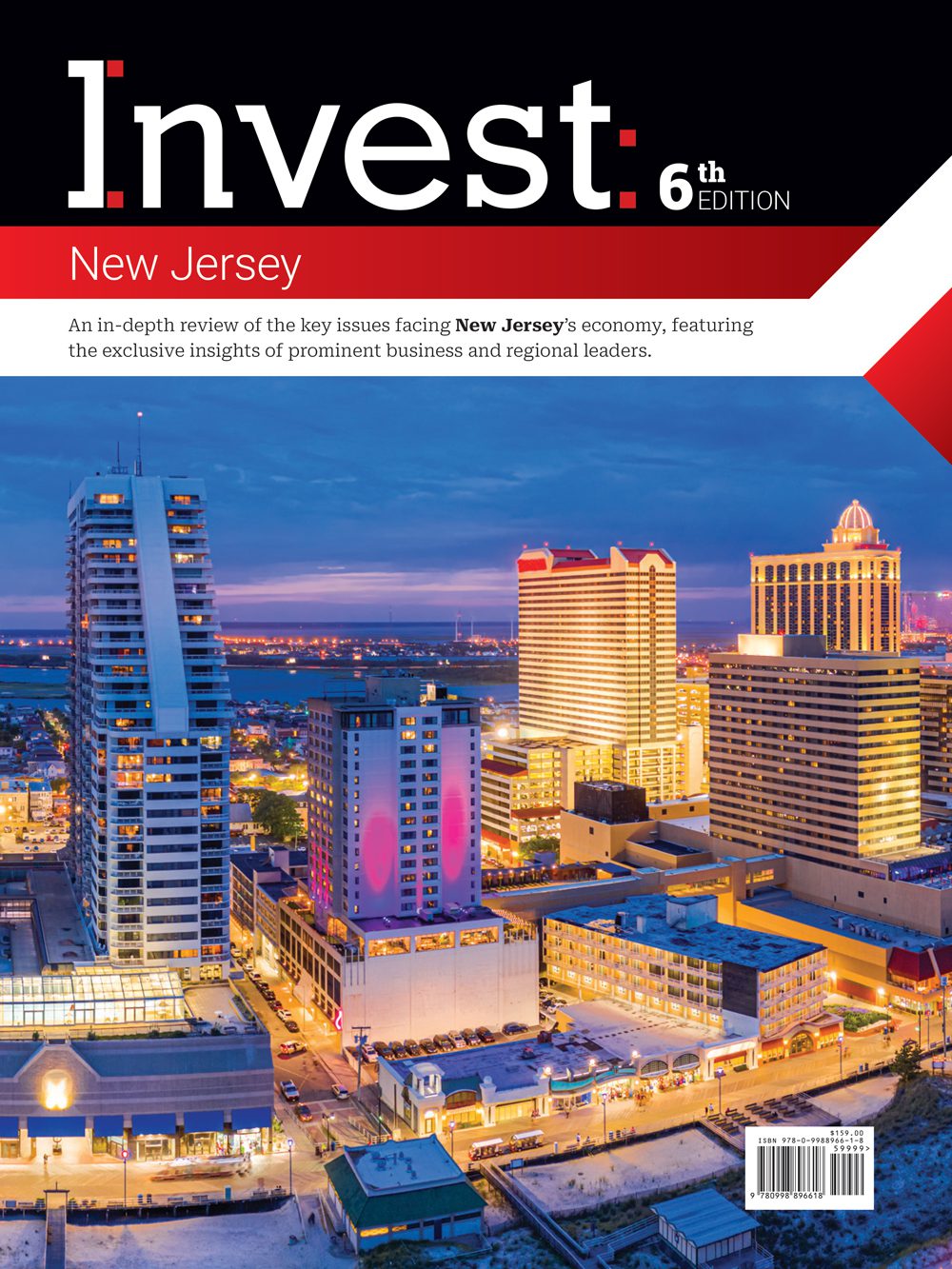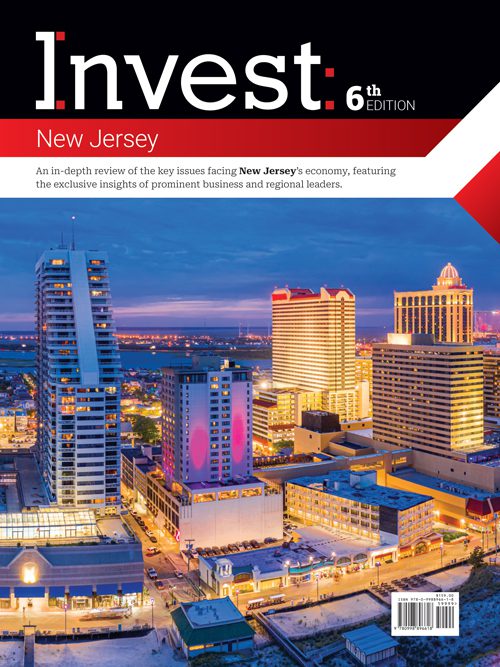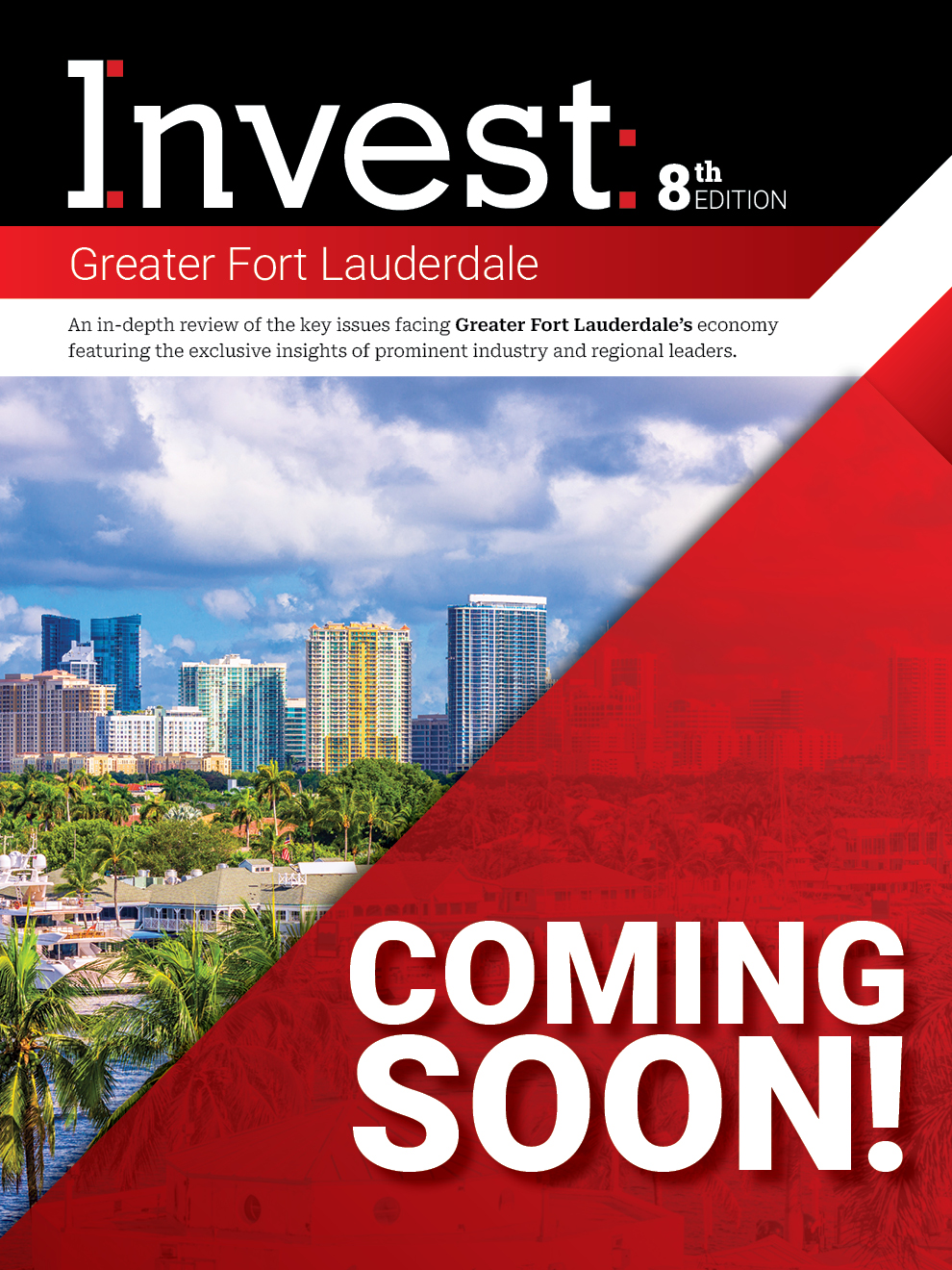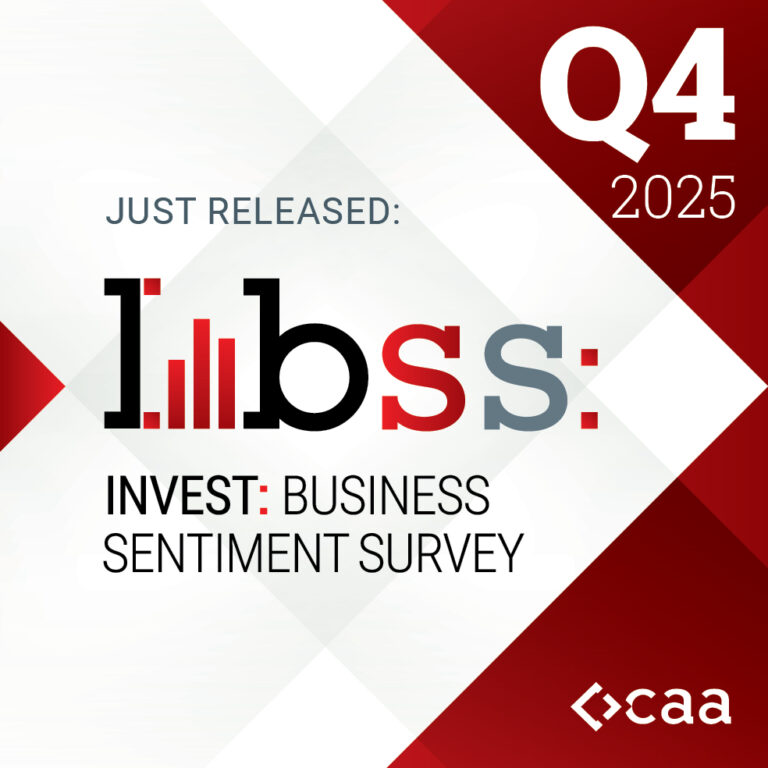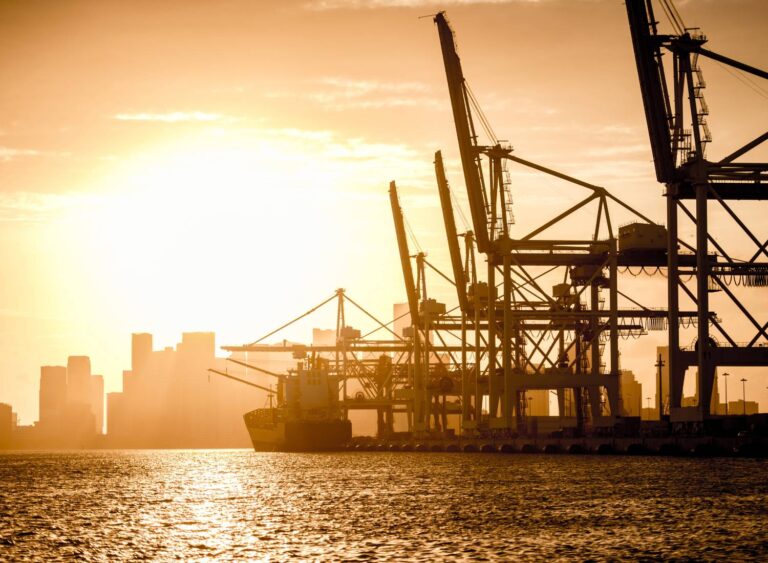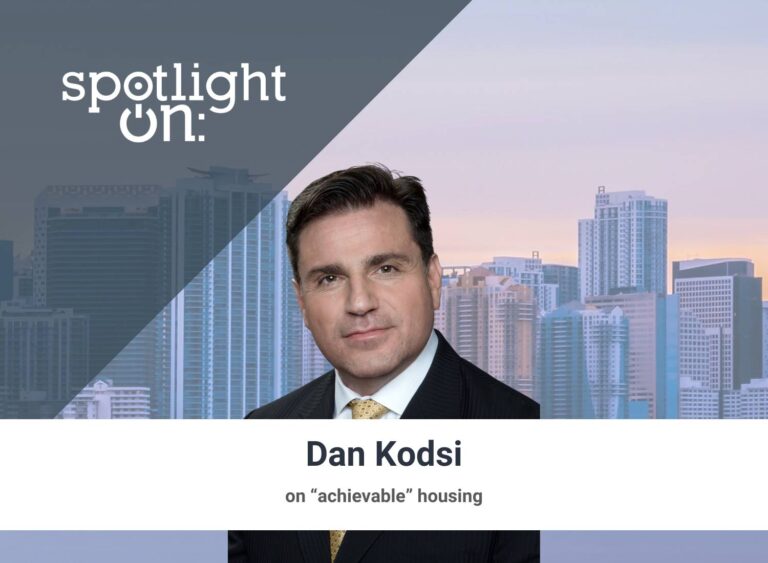Better tech needed in climate fight. Here’s Miami’s plan
Writer: Ryan Gandolfo
 July 2024 — It’s not all sunshine, but plenty of rainbows — mother nature’s “see you later” following a bout of heavy rains in South Florida. Beyond the increasingly intense storms, there’s a lot going for the region, with Miami flourishing as both an economic and cultural hub and more and more businesses and residents calling the idyllic coastline home. But with significant growth in recent years, there’s also a heightened awareness of the environmental impacts and the effect of climate change on local communities, prompting greater action among stakeholders.
July 2024 — It’s not all sunshine, but plenty of rainbows — mother nature’s “see you later” following a bout of heavy rains in South Florida. Beyond the increasingly intense storms, there’s a lot going for the region, with Miami flourishing as both an economic and cultural hub and more and more businesses and residents calling the idyllic coastline home. But with significant growth in recent years, there’s also a heightened awareness of the environmental impacts and the effect of climate change on local communities, prompting greater action among stakeholders.
On Tuesday, U.S. Assistant Secretary of Commerce for Economic Development Alejandra Castillo visited Miami as part of a tour for President Joe Biden’s Tech Hubs program, in which South Florida was selected as a designated hub for climate resilience in October 2023.
This week, the Economic Development Administration recommended the tech hub receive approximately $19 million in grant funding to complete projects focused on scaling advanced concrete technologies made with reduced emissions, workforce development programs for related career pathways, and breaking down communication silos among climate and capital ecosystem stakeholders to foster innovation.
The South Florida ClimateReady Tech Hub comprises public and private sector stakeholders from Palm Beach, Broward, Miami-Dade, and Monroe counties and is eligible for upward of $75 million in federal grants. Led by the Miami Dade County Innovation and Economic Development Office, the goal encompasses everything under the climate-themed umbrella, from addressing extreme heat and unsustainable algal blooms to environment-centric innovation and scalable business models as well as a critical issue for virtually all residents: resilient infrastructure for flooding.
READ MORE: Rising flood threats loom amid South Florida’s active hurricane season
For many living in Southern Florida, there are growing concerns of how the environment could make life more difficult as volatile weather conditions become the norm. To highlight the severity, city of Miami Chief Resilience Officer Sonia Brubaker referred to the city as “ground zero for climate change,” as cited by CNBC.
A study published in October 2023 in the journal Environmental Research Letters predicts significant population displacement as sea levels rise, with 56% of households in Miami-Dade at risk if sea levels rise by 40 inches. Municipalities such as Hialeah and Opa-Locka were identified in the study as vulnerability hot spots for flood risks.
While 3-plus feet of sea level rise feels far into the future, it’s projected to happen this century. Over the past 15 years, South Florida waters have risen 3 inches, as cited by a University of Miami special report. That pace is expected to increase as temperature rises, with midterm and long-term projections being between 11 and 22 inches of additional sea level rise by 2060.
Local leaders like Miami-Dade Mayor Daniella Levine Cava referred to the South Florida ClimateReady Tech Hub as a “generational opportunity that promises to tackle the climate crisis and directly fuel economic development here in South Florida.”
READ MORE: A ‘linear’ path to economic development
Image via Ryan Gandolfo/CAA
For more information, please visit:
https://www.miami.gov/
https://eda.gov/

